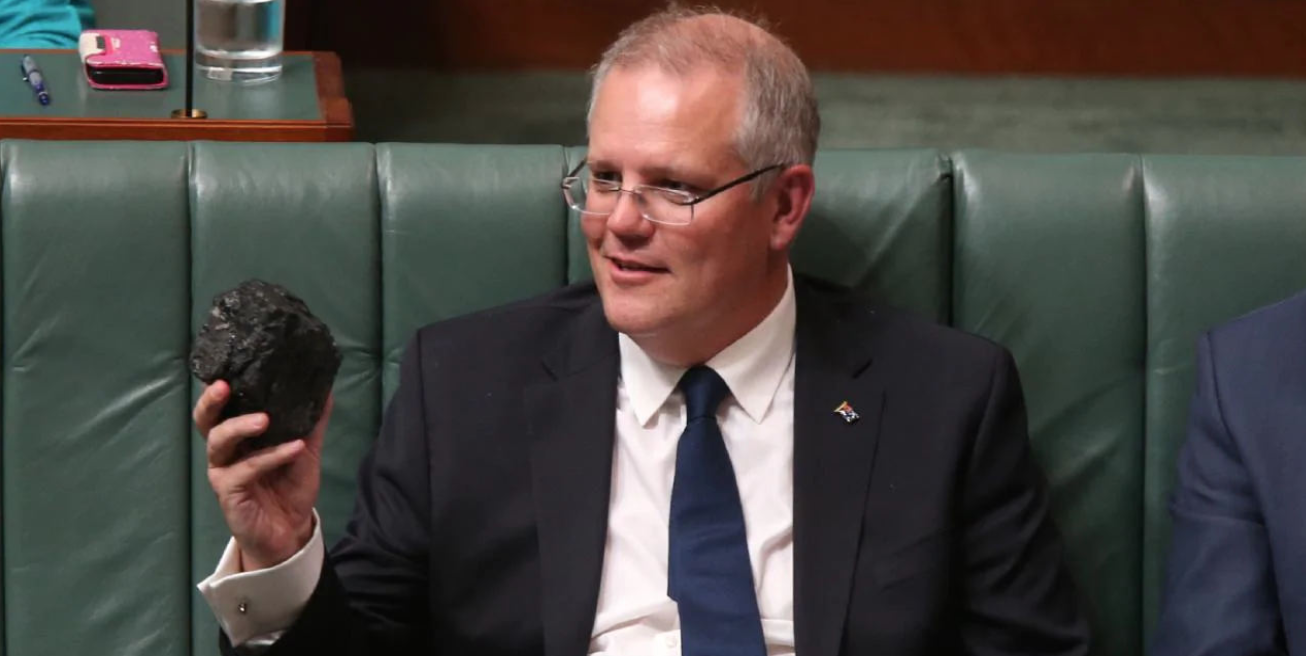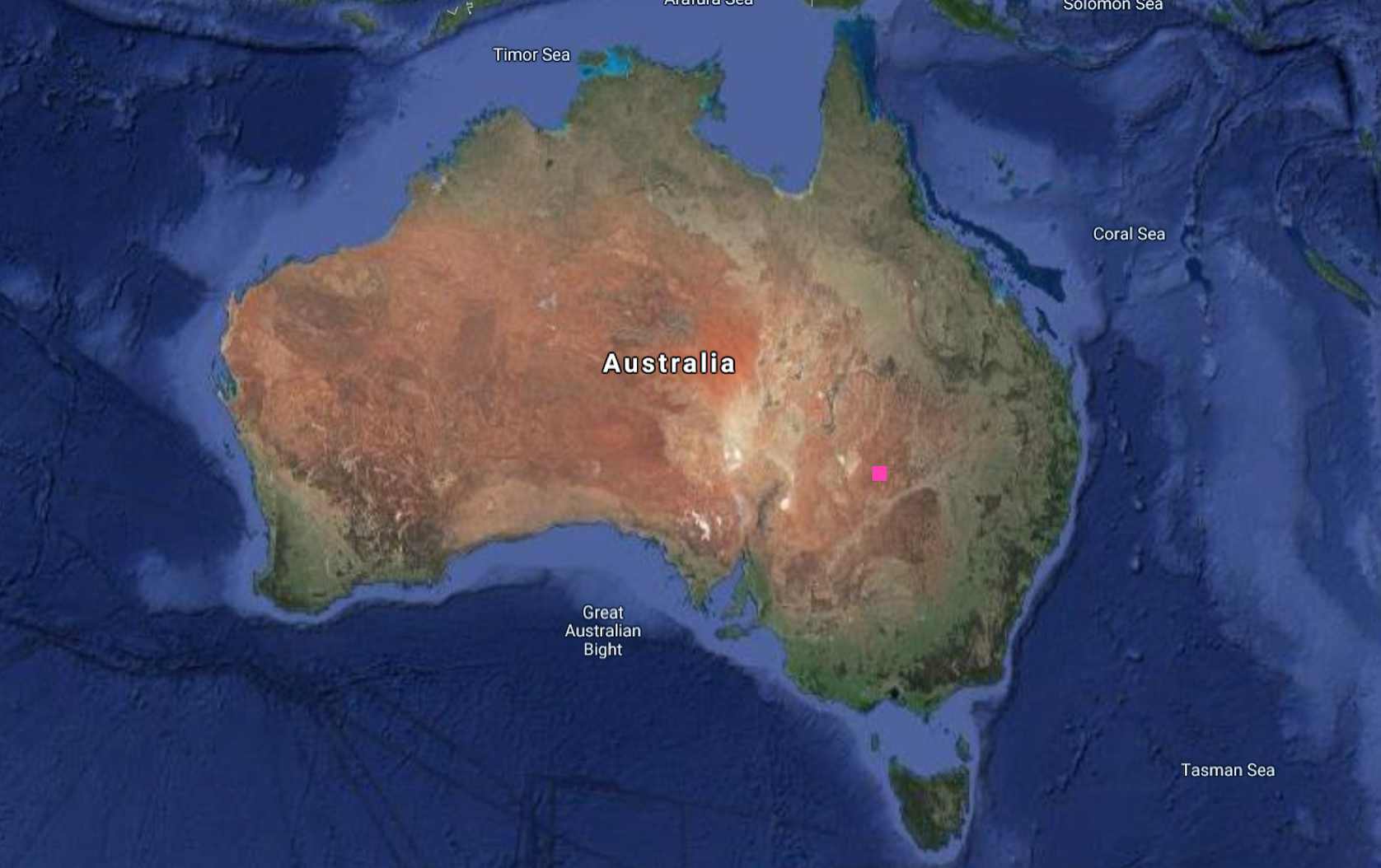
The jobs of tomorrow all come from the same place, solving the problems of today. If you have a little look around, you might notice we’ve got a few. The Climate Crisis – well, that should be at the top of everyone’s list. The science is in. The science also has two clear sides to it. Firstly, climate change is real. Secondly, we have all of the technology we already need to solve it. So let’s get busy.
Here’s a crazy fact: just three hours of sunlight provide enough energy for all of humanity’s needs over an entire year. Yes, you read that right. That is 160,000 terawatt hours of energy. If only we had a way to capture, store and distribute it…Looking at the way many leaders from around the world are acting, you wouldn’t be out of place thinking a shift in our power generating structures wasn’t possible.
Ironically, that is the problem: the power structures. The other kind, though. The kind that control some of the world’s most profitable industries and influence global policy with greenbacks. If I could make only one change to the world – just one – it would be to outlaw lobbying and political donations in all their forms. If that went away, politicians would make the decisions we need them to, not the ones that fund their re-election campaigns. We just might have struck some dumb luck with the COVID-19 crisis, as governments the world over may have to start investing in large infrastructure projects to get the economic wheels turning. Please step forward: renewable energy.
The Truth about Jobs: Since the COVID-19 crisis, the USA has lost over 20 million jobs and Australia has lost just under 1,000,000, according to the ABS. Some good news is that the renewable energy sector is flying. The number of FTE’s is now 27,000 with a growth rate of 27%. The sector this year should have more people employed than coal does directly, which was at 38,000 FTE’s last year and rapidly declining, as plants shut down and fossil fuels struggle to compete with renewables becoming exponentially cheaper.
The investment in renewable energy makes perfect sense, because it reduces the marginal cost of both a major industrial and household expense. As people’s finances likely become tighter, anything that both creates employment and reduces the cost of living is a double win. In a recent report by Beyond Zero Emissions, it was predicted that practical projects to decarbonise our economy could create 355,000 jobs a year. A year! That’s almost ten times the number of people who currently work directly in coal, and yet we have a politician who became our Prime Minister bring in lumps of coal to Parliament as if it were the future. I’m going to say it straight out, regardless of which side of the political fence you sit on: what passes for leadership in this country in inventing a net positive future economically and ecologically is beyond embarrassing – it is deplorable. Where have all the real leaders gone?

The Economic Cost Lie: Another point that needs to be clarified is the cost of change. Some estimates say that adapting to climate change could cost us up to $300 billion per year. But it’s not true – it will actually generate $300 billion in revenue a year. See – here is the lie that is told by the Government and business. They act as though a shift in revenue is a cost to everyone, when in fact, they are referring to the cost to themselves, not society. It’s basic economics that every cost is also revenue for someone. One person’s wage is another person’s expense. Every transaction needs two parties, of which one always receives. It is even better if the expense is on something new, something that never existed before, because that is the process that grows the economic pie. The truth is, incumbents (think fossil fuel industry) are talking about a cost to them, not to society or the economy. It’s pure protectionism at our expense and one that creates a risk to our species. It’s a lie we’ve got to stop believing if we want to invent a new energy reality.
How Much Solar? In order to provide enough power for all of Australia’s needs – car, bus, plane, train, buildings, infrastructure – we only need an 1,200 terawatt hours of power a year. Using solar energy, today’s technology would then only require a little over 5,000 square kilometres of solar panels. Sounds like a lot, but it is just 71 x 71 kilometres. It looks like this below:

What we have on our hands is a choice. A choice to solve a problem and generate the economic growth that goes with it. We have the technology and we have the desire – but it’s up to us to demand it from those in charge. If they don’t want to change their minds, then we must change who is in charge. In the end, we have a democracy and we get the future we demand – not the one we deserve. It’s time to start demanding.
– – –
Keep Thinking,
Steve.